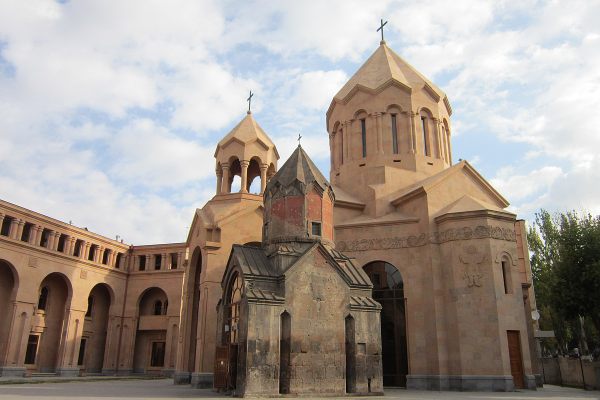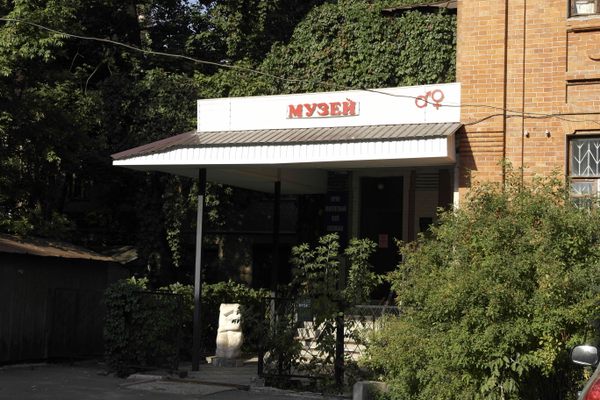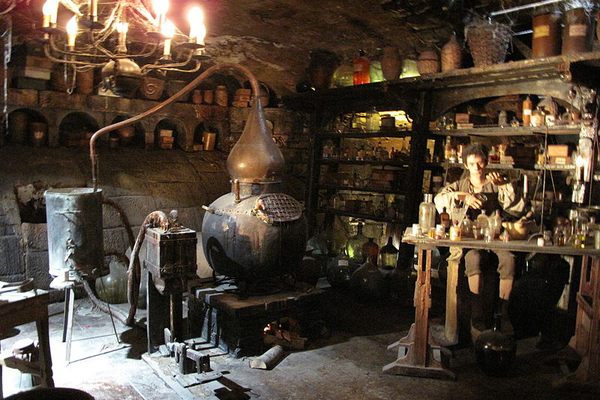Sergei Parajanov Museum
Despite producing just a handful of movies, a brave and lyrical filmmaker has an entire museum dedicated to him.
Armenian filmmaker Sergei Parajanov (1924-1990), born in Tblisi, Georgia (then part of the USSR), came to international prominence with a film he made in Ukraine called Shadows of Forgotten Ancestors.
World renowned for his performance in the foreign film, back in his native Soviet Union he was honored by being banned from making films. After this, he moved to Yerevan in Armenia (still part of the Soviet Union) and made a film called The Color of Pomegranates. Without words or much camera movement, it told the story of a revered Armenian poet. This movie was equally acclaimed as a masterpiece and this time Parajanov was rewarded by being banned from filmmaking and eventually thrown in jail for five years.
The current museum in Yerevan that is dedicated to the actor celebrates his resolute refusal to stop creating. There are amazing displays of playing cards and artworks handmade by Parajanov in prison as well as other beautiful collages from a time when he was banned from filmmaking. The museum is filled with artifacts that whether or not visitors love, absolutely display Parajanov’s passion and joy. There are also images from sets and recreated rooms of his flat in Tblisi.
While Parajanov may seem like an esoteric subject for his own museum, there may be no finer example of the geographic fluidity and complexity of the Armenian diaspora than an Armenian filmmaker born in what is now Georgia, and who made major films in what is now the Ukraine, Georgia, Armenia, and Azerbaijan, and whose museum is in the capital of a sovereign Armenia.
Know Before You Go
The Museum is very well known locally. However, the museum is on small street just off a main drag, so, unless your Armenian is splendid, be sure you have a clear idea of where you are going. And remember: all Armenian names on this page (including street names) are written in an anglicized script, but if you can show a good samaritan the picture of the plaque, they'll probably know exactly where you should go.

























Follow us on Twitter to get the latest on the world's hidden wonders.
Like us on Facebook to get the latest on the world's hidden wonders.
Follow us on Twitter Like us on Facebook